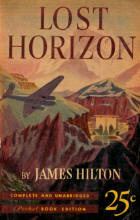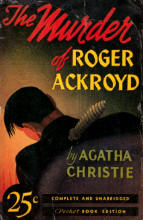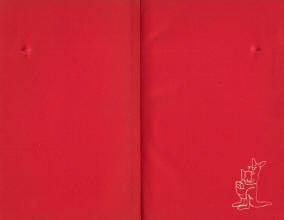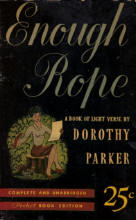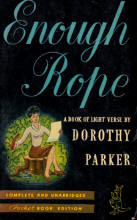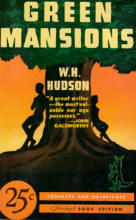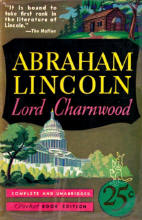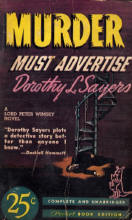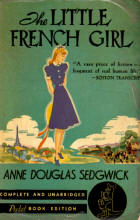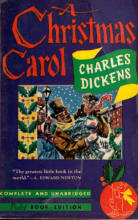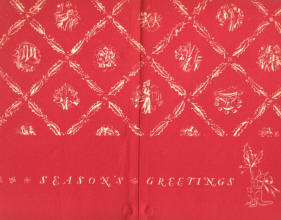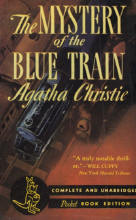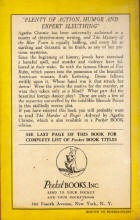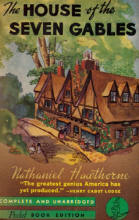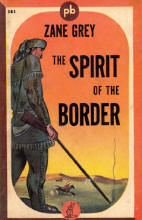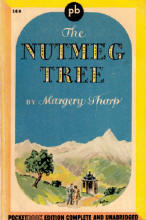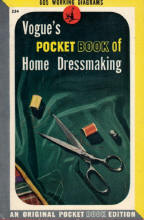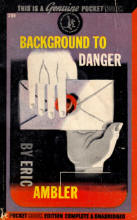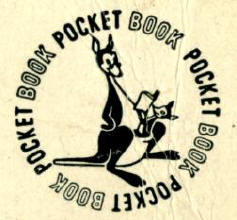|
Gertrude in the Early Years
|
||
|
1 5
#8 spine and Endpapers for the early books
#6 (1st) and 7th printing (1949)
16 19
21 30
29 with inside red endpapers
38 with back cover (Jan 1940)
52 (April 1940) 161 (June 1942)
169 (Aug 1942) 234 (Sep 1943)
236 and back cover colophon
|
As mentioned elsewhere in this website, publisher Robert de Graff paid Frank Lieberman $50 to design a colophon for the first line of mass market paperbacks printed in the U.S. The artist named the little kangaroo after his mother-in-law.
The logo was entirely absent in the 1938 test book, and it took her a few months to make it to the front cover. The first ten books were released together in May/June 1939. For the first fourteen books, she was present only at the base of the spine and in the lower corner of the distinctive red endpapers inside.
She migrated to the back cover with book #15 in October 1939, while only the 25¢ price inside a colored bubble continued to grace the front.
Later that month, she was ready to join the front cover, though her image would stay on the back for a long, long time. At first, she hopped around a bit, either opposite the price bubble or cuddled up to it.
In December 1939, the price disappeared from the front cover altogether, and she took over in a spectacular manner with book #29. By now, everybody knew that Pocket Books cost a quarter, and de Graff decided that the price need not clutter the front of the books. To celebrate the shift, they dressed Gertrude up with a bow and some Christmas holly, then let her send holiday greetings from the endpapers.
Gertrude would continue to grace the red endpapers until book #93 in February 1941.
The war years saw several experiments, including bringing back the "pb" (lower case) bubble that had been the identifying colophon in that 1938 test book. Sometimes Gertrude accompanied it, and sometimes not.
But the biggest wartime change to the kangaroo was the Walt Disney illustration that included the baby holding the book. That became the prevalent symbol between 1943 and the end of the war.
There would be other experiments that obviously didn't take off, such as circling Gertrude with the words "Pocket Book," which only showed up on book #236.
All covers on this page are first printings unless otherwise noted.
|
|
